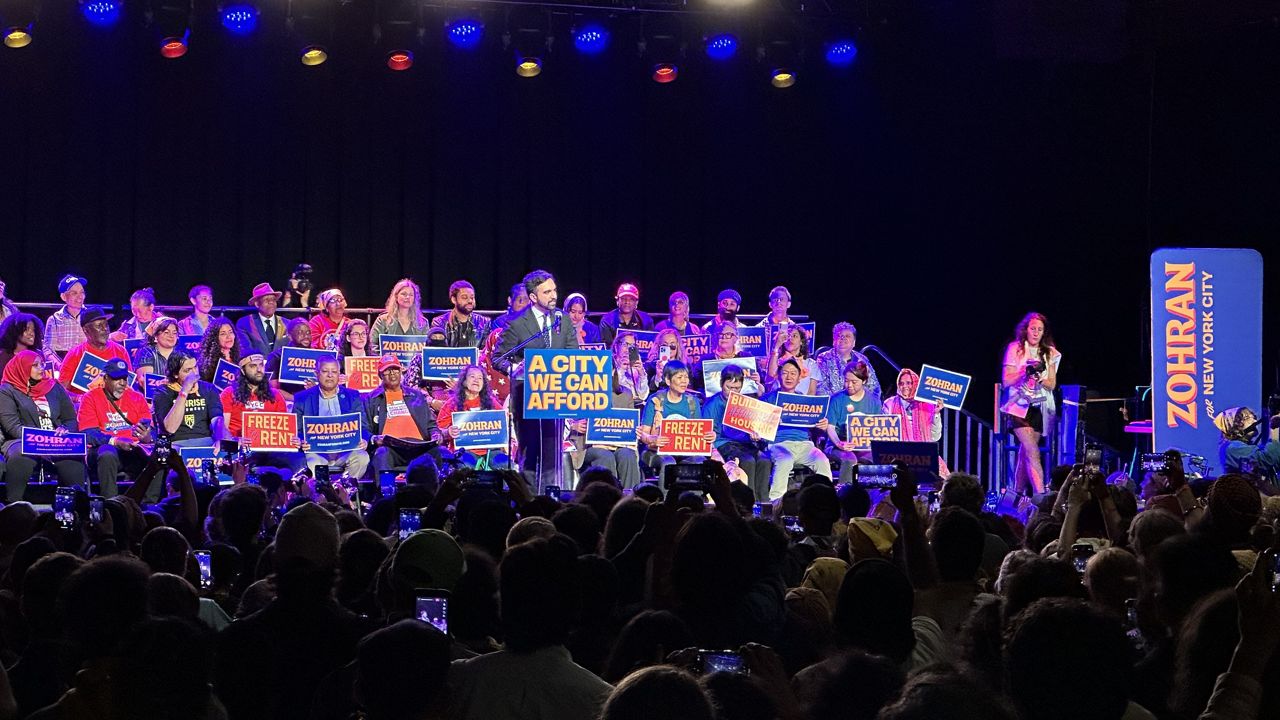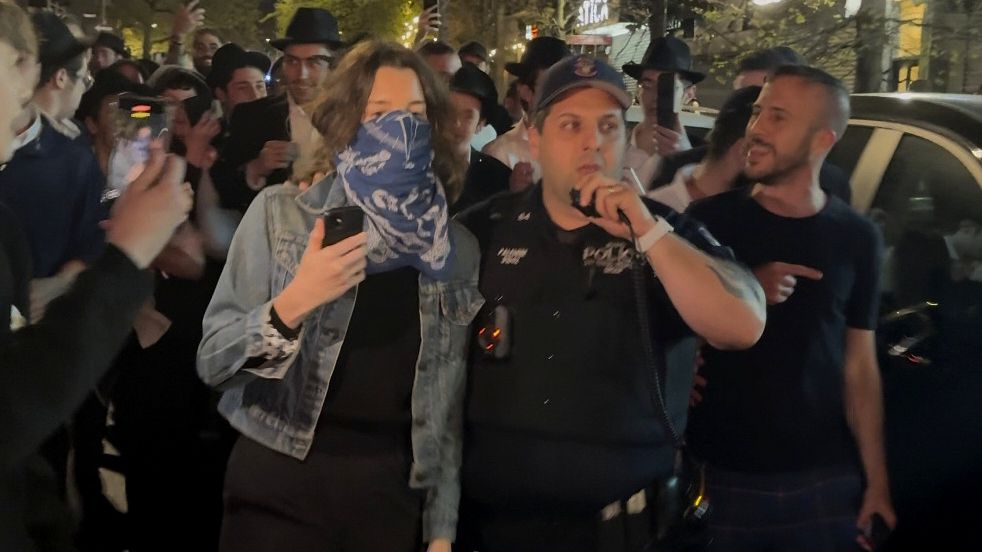BROOKLYN, N.Y. - The 75th Precinct was once the most dangerous in the city with more that 12,000 serious crimes in 1990. Just eight years ago, police officer Peter Figoski was killed investigating a robbery there.
"He was shot in the face by one of two assailants," said then Police Commissioner Raymond Kelly.
His death was one of 29 murders in the precinct that year.
"That's when the community started to rally around the precinct and the community and the precinct forged a new bond. After that, we saw crime, we saw violence start to reduce," said Assistant Chief Jeffrey Maddrey, the Police Department's commander for Brooklyn North.
At the time of the shooting Maddrey was the commanding officer of the precinct.
The next year there were 11 fewer murders, according to police department statistics.
"Violence interrupters were going out into the street, they were talking to gang members. That started here," said Maddrey.
Maddrey left the 75th Precinct in 2015 but the precinct remained his responsibility as head of Brooklyn North, where he continued working with the community.
Before leaving, he told his successor Assistant Chief Michael Lipetri to focus on gangs. Chief Lipetri says he did that by expanding the precinct's field intelligence officer program.
"Field intelligence officers are targeting the drivers of violence, the most violent individuals in the community," said Lipetri, the commanding officer of the Chief of Department's office.
Lipetri also introduced the Ceasefire program, which holds meetings with gang members.
The message is stark.
"You are at greater risk of either getting shot or being arrested Take our advice do not continue violence," said Lipetri.
Lipetri then got the call from headquarters, Ceasefire needed to expand.
"The chief of the department really wanted me to take a look at hotspots throughout the city," said Lipetri.
The five precincts that enjoyed the biggest reductions in crime last year all had the Ceasefire program.
Lipetri's successor Inspector John Chell has headed the 75th Precinct for the past three years.
He's made neighborhood policing a focus with neighborhood coordination officers, who try to solve local problems.
"What the neighborhood Coordination Program did was forged relationships, getting the community involved getting, the community on our side at the same time we're still doing that strategic crime fighting and hand in hand," said Chell.
In 2018, there were only six murders the precinct, showing that crime-fighting strategies developed in this tiny office on Sutter Avenue, have reformed the image of a once violent community.





_Pkg_Car_Stolen_with_Child_Inside_Clean_FOR_APPROVAL_134114017_565)

_PKG_Brooklyn_Diocese_Reaction)